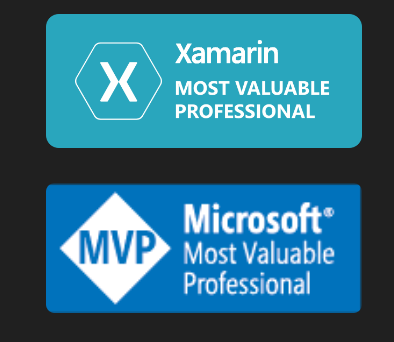With the release of my newest book, .NET MAUI For C# Developers, I’m pleased to present occasional posts on advanced topics. If you are just starting out, however, you may want to take a look at my previous 15 part series in which I learn .NET MAUI or my second series that uses the app (Forget Me Not) that we’ll be using here. Finally, you can find my presentations on .NET MAUI and advanced .NET MAUI on YouTube, here.
Managing Visual State
Every VisualElement has a Visual State. For example, does the VisualElement have focus? Is it selected? Xaml allows you to change the presentation of that VisualElement (e.g., a button) based on that state.
Continue reading








